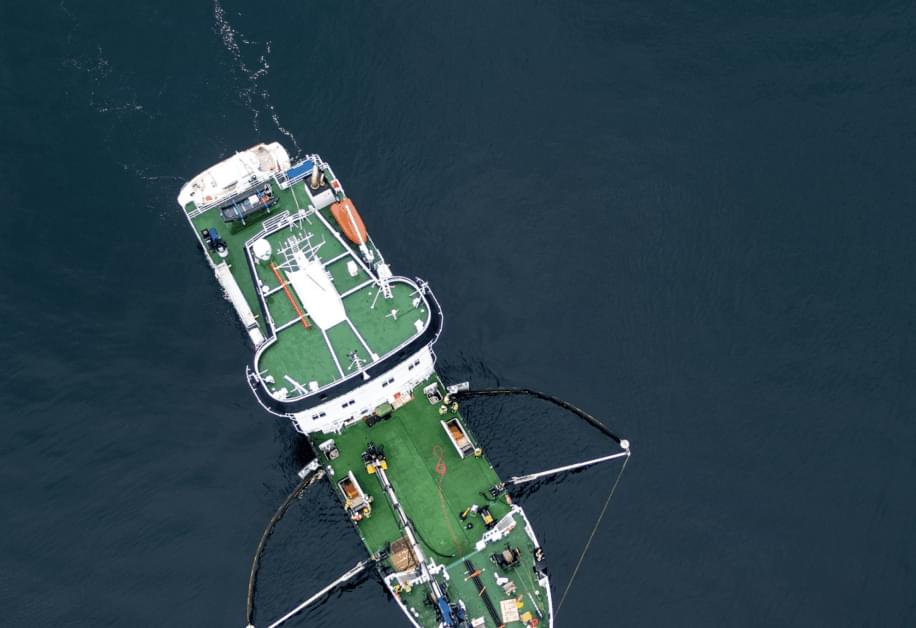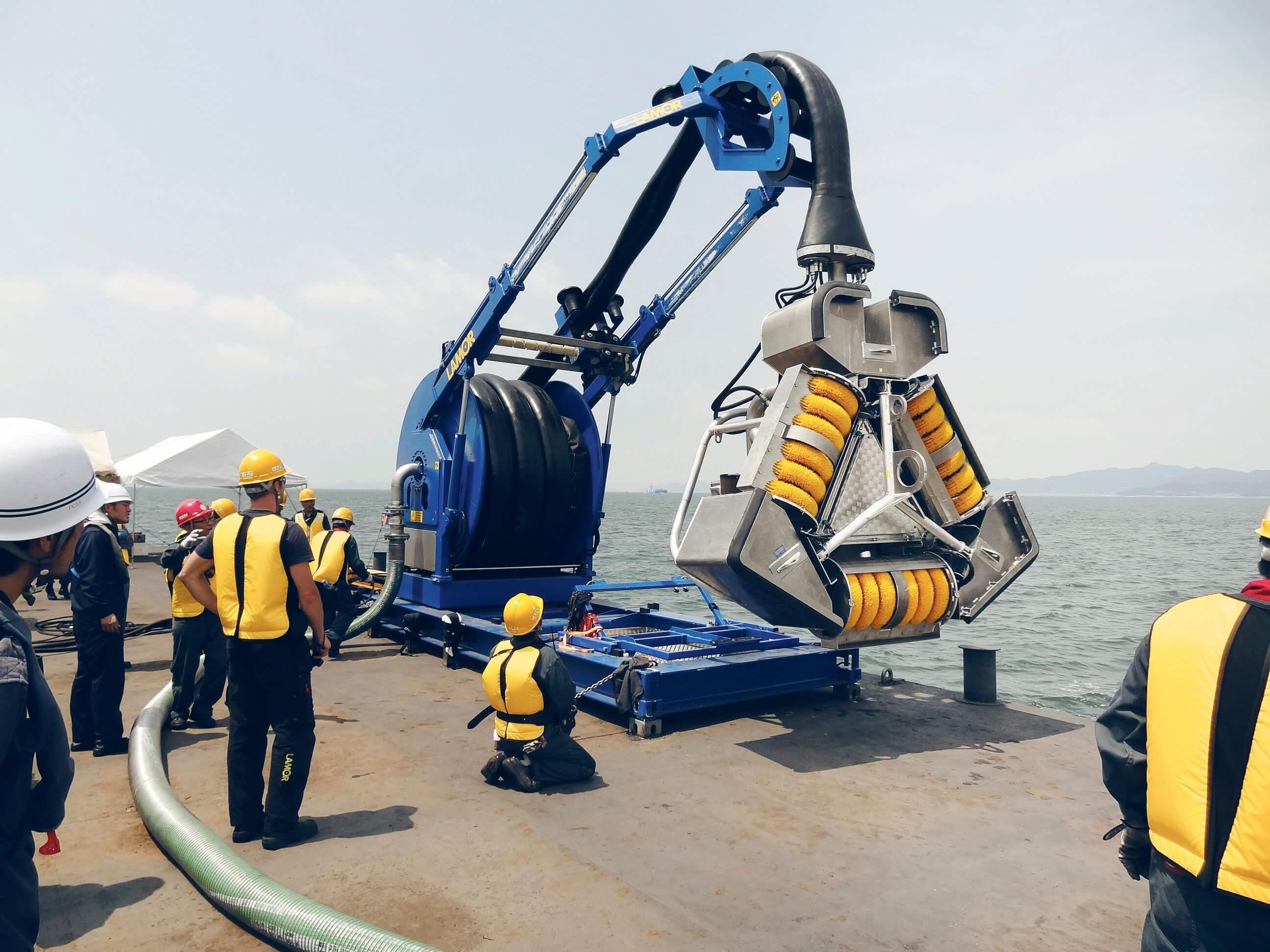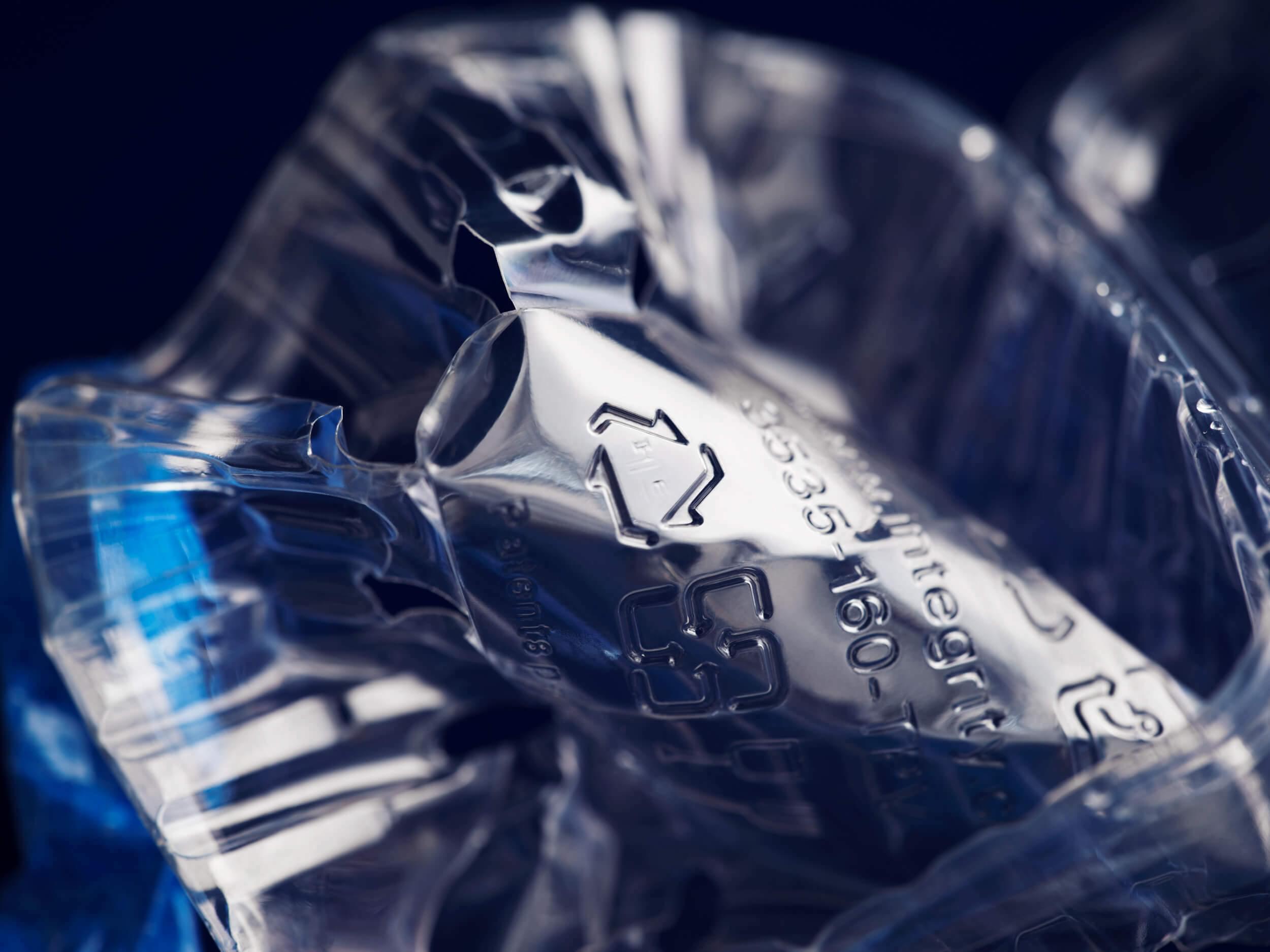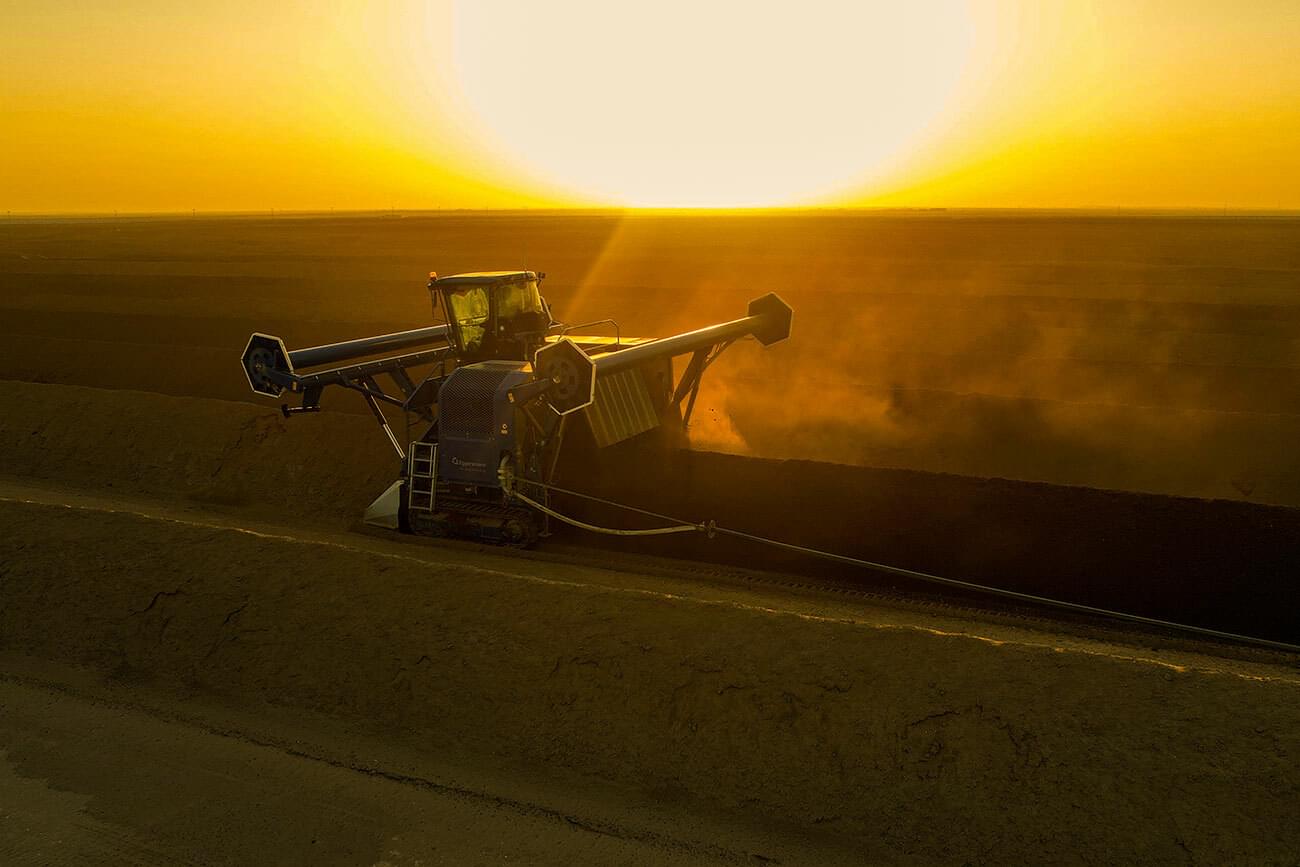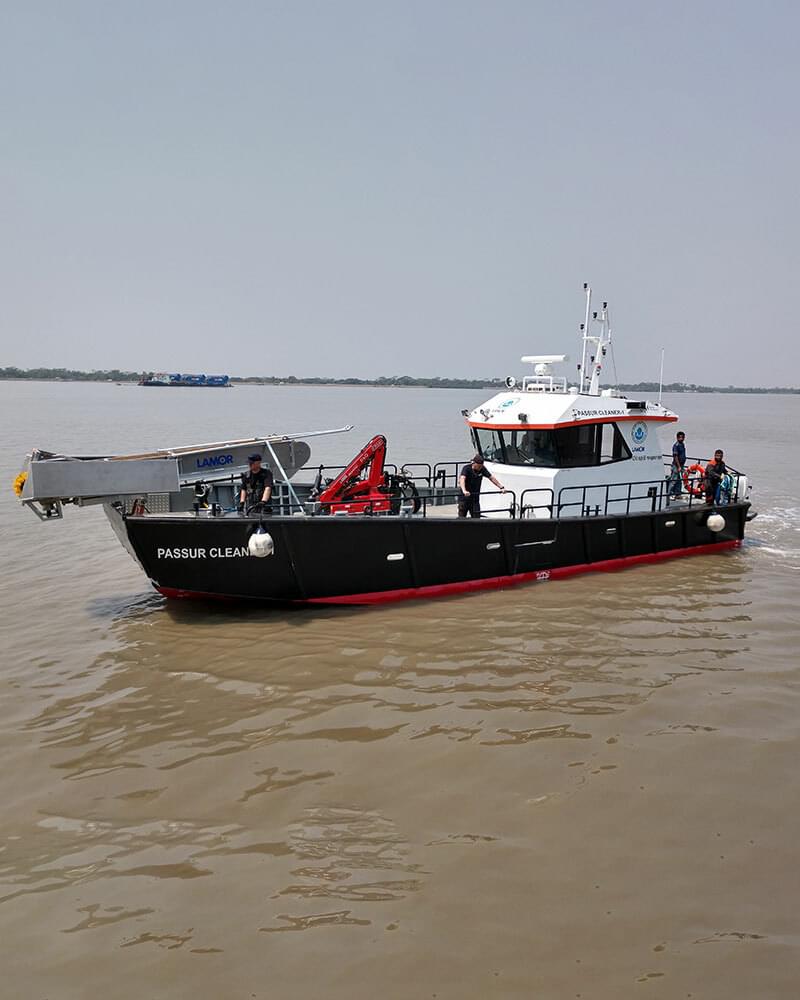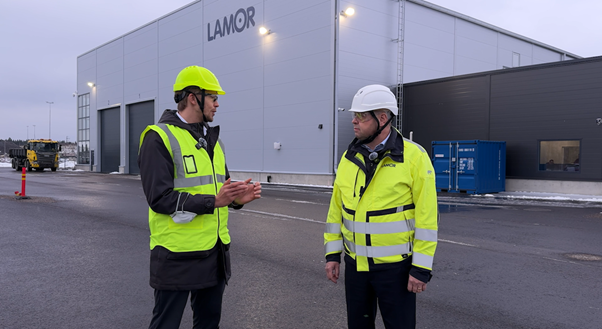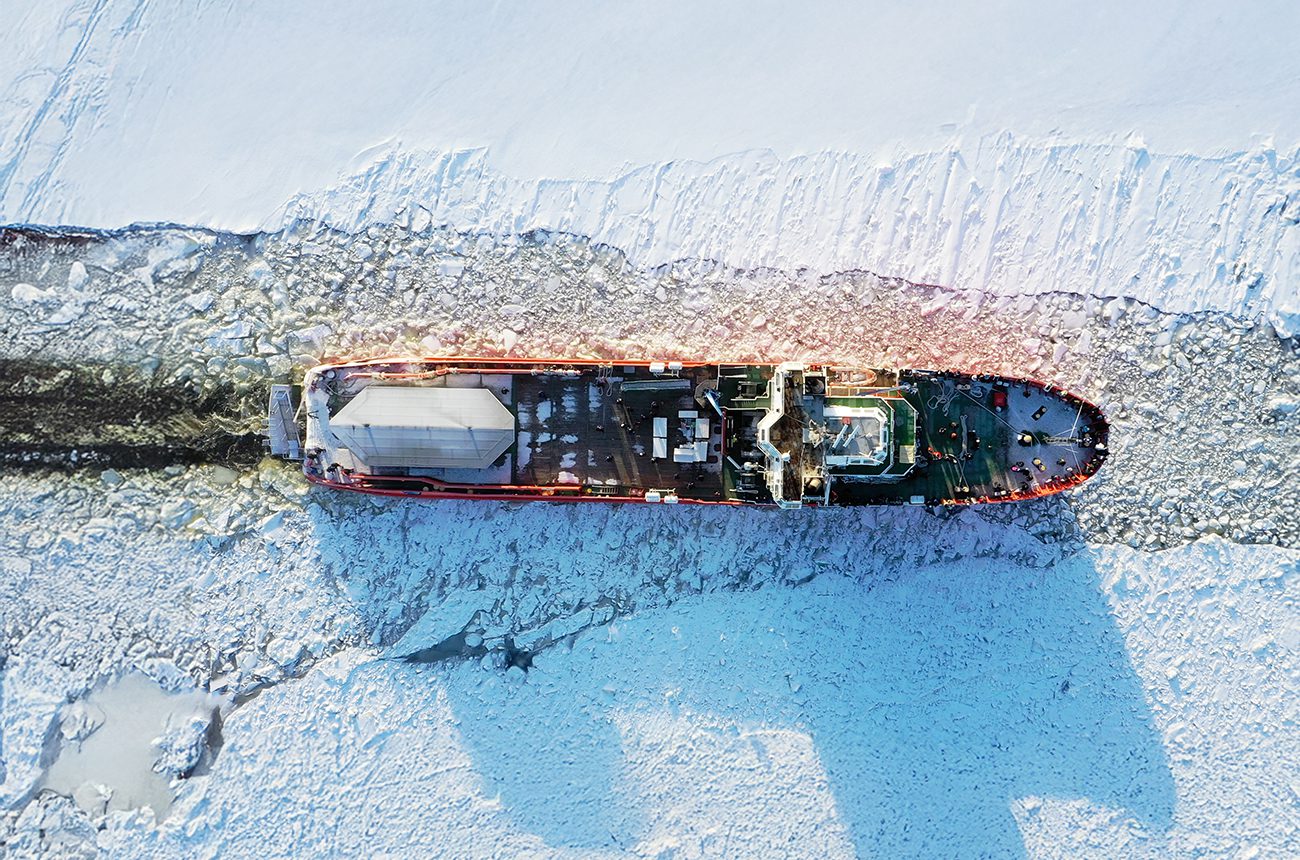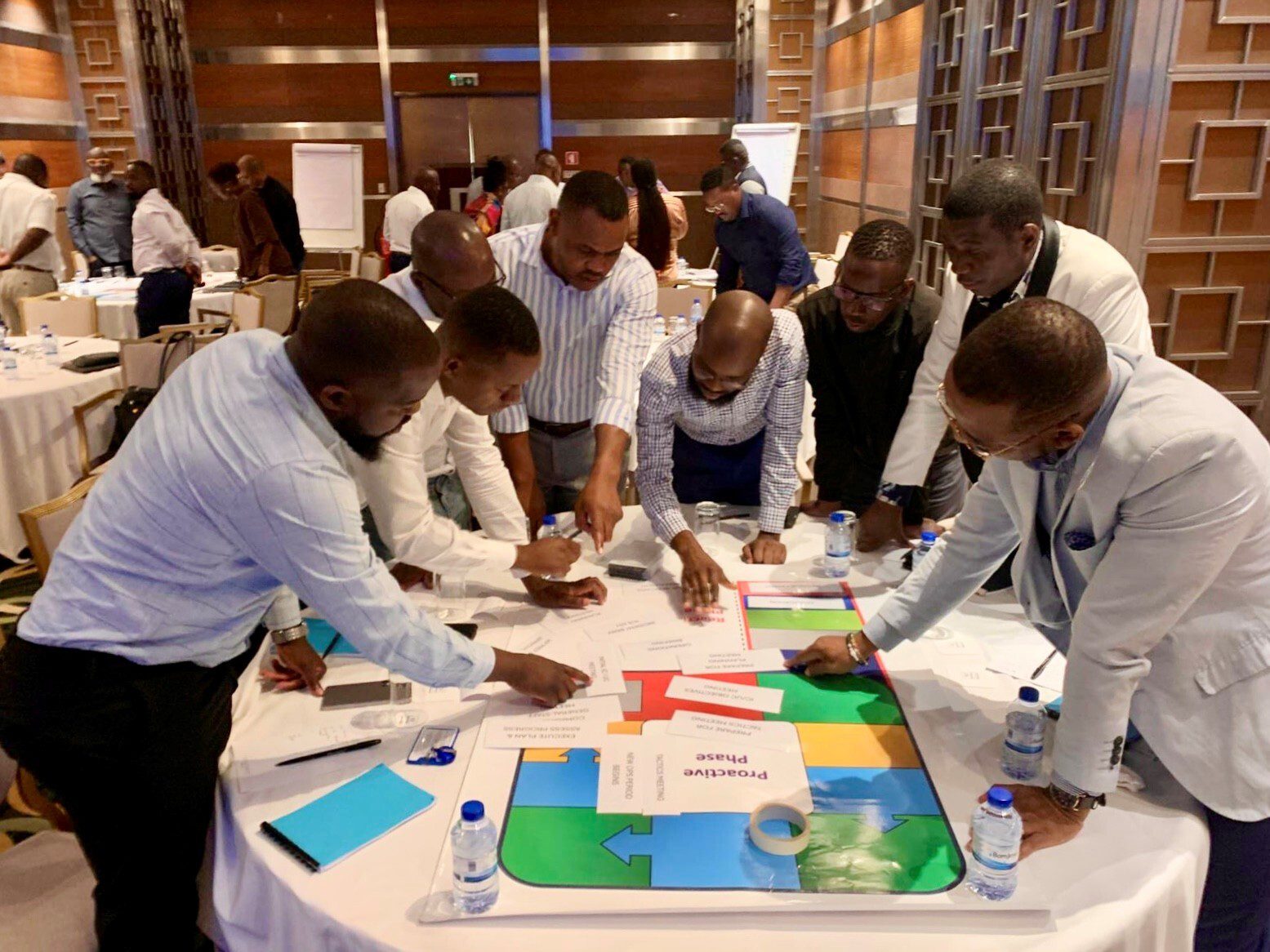Lamor's sustainable bioremediation solutions safeguarding Patagonia’s fragile ecosystems
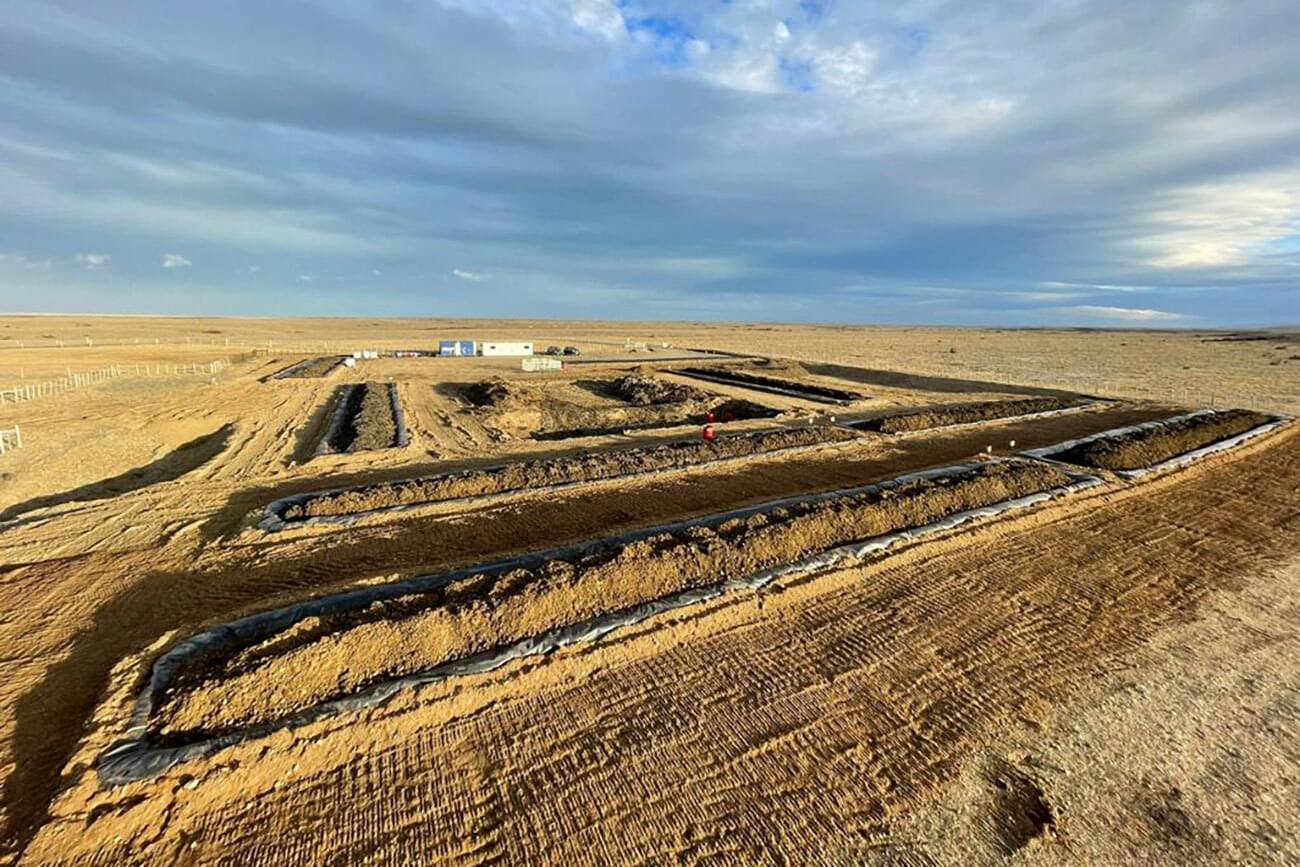
Lamor has launched an Environmental Remediation Project in the Chilean Patagonia. By leveraging our expertise in environmental science, engineering, and sustainable practices, we aim to revive ecosystems in the southern part of the world.
Challenge
Lamor is a leader in sustainable solutions and currently we are executing an ambitious Environmental Remediation project aimed at addressing critical environmental challenges and promoting ecological restoration on a global scale at the southern Chilean Patagonia. The project represents a significant commitment to protect and restore the natural environment for the benefit of present and future generations.
An environmental remediation project in the south of Chile, with severe climate conditions, faces several challenges. The region's harsh climate, characterized by strong winds, heavy rainfall, and low temperatures, presents unique obstacles that need to be overcome. Contaminated sites in the region are located in remote areas, making logistics and transportation challenging. The difficult terrain, coupled with limited road networks, can hinder the movement of equipment, personnel, and remediation materials, requiring careful planning and coordination. The south of Chile is home to diverse and fragile ecosystems, and it is essential to prevent further harm to these ecosystems during the remediation process, ensuring minimal disturbance and implementing measures to protect biodiversity.
Solution
Bioremediation is a process that uses living organisms, such as bacteria, fungi, and plants, to degrade or remove contaminants from the environment. We offered the customer an effective and sustainable approach for environmental remediation.
Before the beginning of the project, a thorough assessment of the contaminated site was conducted. This involved identifying the types and levels of contaminants present, understanding the site's characteristics such as soil composition and hydrology, and evaluating the potential risks to human health and the environment.
Selection of Bioremediation Techniques: Based on the site assessment, suitable bioremediation techniques were selected. Patagonia's unique ecosystem and climate conditions are taken into account ensuring the chosen techniques are effective and compatible with the region.
Biostimulation technique involves adding nutrients, oxygen, or other substances to enhance the activity of natural microorganisms that can degrade the contaminants, in this case, microorganisms proper from the site. The process is carefully monitored to assess the effectiveness of the remediation efforts and making any necessary adjustments if needed.
By employing appropriate bioremediation techniques, considering the unique ecosystem and climate conditions of Patagonia, it is possible to effectively remediate contaminated sites and restore the environment in this region of South America.
We believe that every individual and organization has a responsibility to protect and restore our planet. With this project, we are taking a proactive approach to address pressing environmental challenges and create a healthier, more sustainable future. By working together, we can make a meaningful difference and leave a positive legacy for generations to come, says Felipe Salazar, Lamor Business Development Americas.
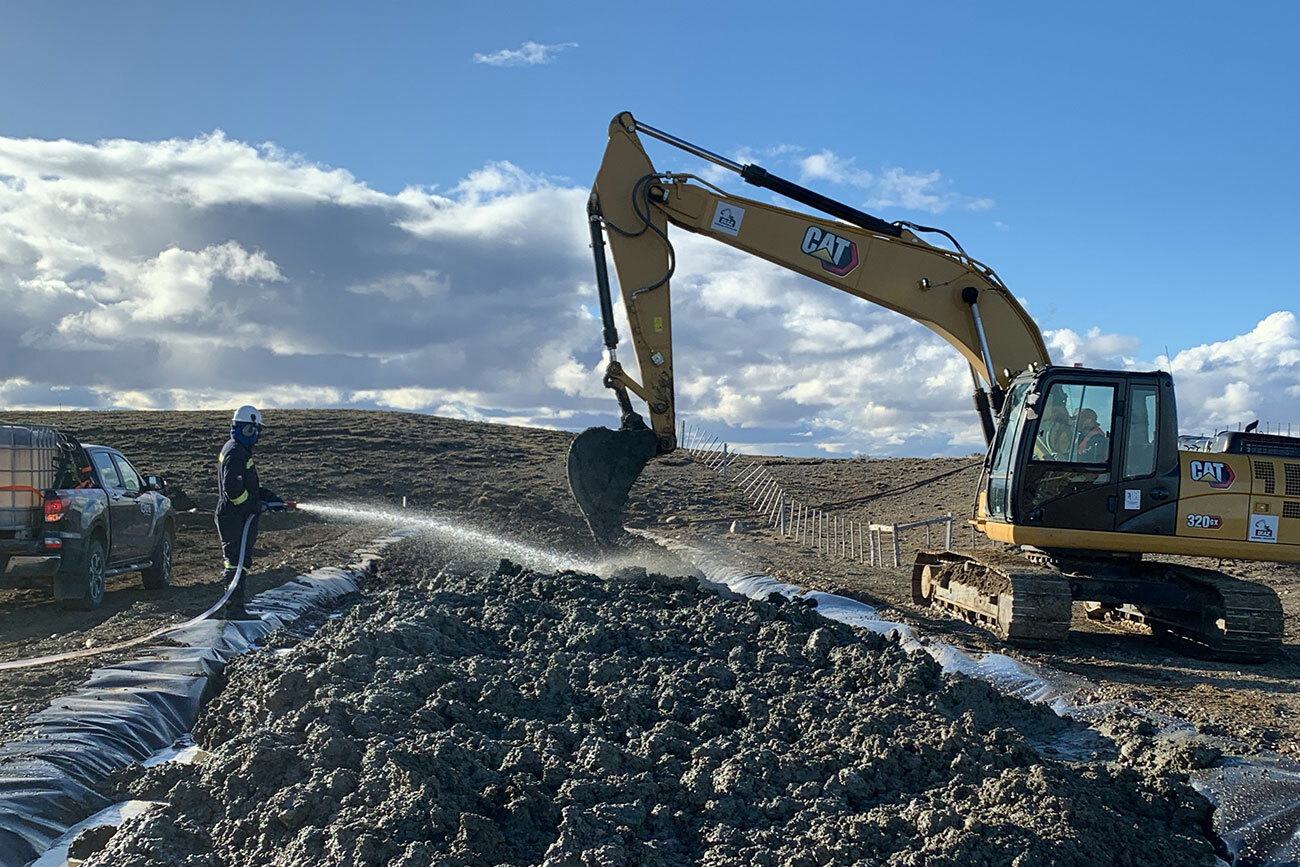
Impact
The primary goal of a remediation process is to restore the environment to its natural state by removing or reducing contaminants. This helps improve water and soil quality, protects ecosystems, and preserves biodiversity. By addressing pollution sources and preventing further contamination, the remediation process can contribute to the long-term health and sustainability of the environment.
The project also aligns with global conservation goals, including the United Nations Sustainable Development Goal 15 – Life on land. Human life depends on the earth as much as the ocean. Lamor removes hazardous substances and waste from contaminated drylands, reducing the loss of natural habitats and biodiversity. With our solutions we aim at contributing to global food and water security, climate change mitigation and adaptation.
Stay in the know
Sign up for our newsletter to learn more about innovations enabling the survival of our dear planet.



